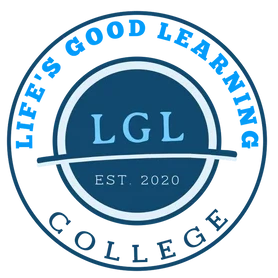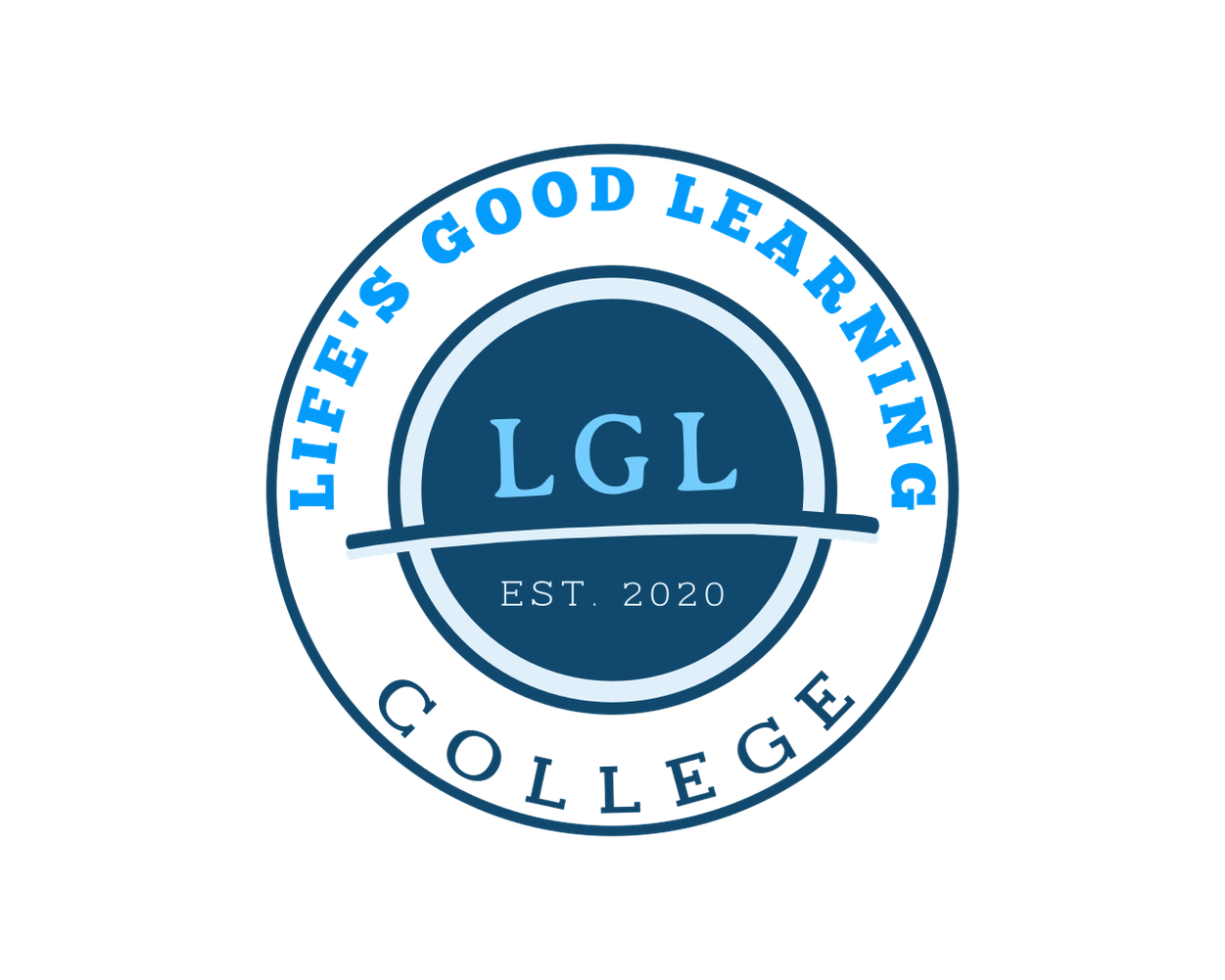
The Complete Guide to Online BLS and CPR Certification
Share
Getting certified in Basic Life Support (BLS) and Cardiopulmonary Resuscitation (CPR) is essential for many healthcare professionals. Even for non-medical individuals, it provides life-saving skills that can make a difference in emergencies. With today’s busy lifestyles, many people are turning to online certification programs for convenience and flexibility. But is online training effective, and does it meet the right standards? In this guide, we’ll explore what online BLS and CPR courses include, how they align with American Heart Association (AHA) standards, and whether online certification can fully replace hands-on learning. We’ll also cover how to find a trusted provider, what tools you need, how blended learning works, and tips to help you succeed. Whether you're renewing a certification or earning it for the first time, this complete guide will help you make informed choices about online training.
What Online BLS and CPR Courses Include
Online BLS and CPR courses are structured to deliver essential knowledge in a convenient, self-paced format. They teach critical life-saving skills such as adult, child, and infant CPR, how to use an automated external defibrillator (AED), and how to respond to choking emergencies. Some also include lessons on team dynamics during resuscitation efforts, which are vital in hospital settings.
These programs typically consist of video modules, reading materials, and quizzes. The content is designed to mimic the information provided in classroom-based sessions. The goal is to ensure students understand the sequence of actions and develop decision-making skills during cardiac emergencies.
You’ll also learn about the chain of survival, rescue breathing, and high-quality chest compressions. Programs that follow AHA guidelines ensure the content reflects current medical practices.
After completing the course, students are usually required to take a final exam. Some programs offer an instant digital certification upon passing, while others may require additional steps. It’s crucial to understand whether your certificate is valid for your employer or licensing board.
How Online Training Meets AHA Standards
Online BLS and CPR training can meet American Heart Association (AHA) standards when structured correctly. The AHA itself offers blended learning programs that combine online theory with in-person skills testing. These courses use the same curriculum and learning objectives as traditional classes.
To meet AHA standards, the online portion must cover all key topics. This includes CPR techniques, AED use, and proper emergency response protocols. Instructors must be AHA certified, and students must demonstrate practical skills during a hands-on session.
Legitimate training providers use AHA-approved materials. These include interactive videos, animations, and evidence-based guidelines. They ensure consistency in how students receive and retain the information.
It’s important to note that AHA does not endorse 100% online-only certification for BLS or CPR. Practical skills testing is always required for full compliance. Some providers may advertise otherwise, but their certifications won’t be accepted in clinical or hospital environments.
If your goal is professional certification, make sure the program explicitly mentions AHA affiliation. A proper blended learning model ensures your training is valid, respected, and current.
Can Online Certification Replace Hands-On?

Online certification alone cannot replace hands-on training if you need AHA-compliant BLS or CPR credentials. While online courses provide strong theoretical instruction, they lack the tactile experience needed for real-life emergencies.
Hands-on practice builds muscle memory. Performing chest compressions, using an AED, and reacting to dynamic scenarios are physical skills. These cannot be fully understood or tested through a screen.
The American Heart Association mandates in-person skills evaluations for BLS and CPR certifications. Even their own blended learning courses include an in-person component. This hands-on session is usually brief but critical.
That said, online-only certifications may still have value. If you're learning CPR for personal reasons or as part of a non-medical role, a fully online course can still be useful. It gives you the confidence and knowledge to respond in emergencies, even if it's not formally recognized by every employer.
In summary, online learning is a great first step. But if you're aiming for compliance with healthcare or workplace regulations, make sure hands-on training is included.
Finding a Trusted Online Training Provider
Choosing a trusted online training provider is one of the most important decisions you'll make. The internet is full of programs offering fast and cheap CPR or BLS certification, but not all are legitimate or recognized.
Start by checking whether the provider is affiliated with the American Heart Association. AHA-authorized training centers must meet strict quality and content standards. Look for clear mentions of “AHA approved” or “blended learning” on the provider’s website.
Read reviews from other students to gauge the provider’s reliability. Look for details about course clarity, ease of access, instructor support, and certification acceptance. If many reviews mention employers rejecting the certification, that’s a red flag.
Avoid programs that advertise 100% online certification with no hands-on component if you're in the healthcare field. These will not meet AHA requirements and are usually not accepted by licensing boards or hospitals.
Also, ensure the provider offers transparent pricing, responsive customer service, and clear next steps after enrollment. Reputable organizations will guide you through the entire process, from online learning to in-person testing.
By choosing a trusted provider, you ensure your efforts lead to a valid, high-quality certification that reflects your skills.
Devices and Tools Needed for Online Learning
To succeed in an online BLS or CPR course, you need the right tools. Thankfully, most of the requirements are easy to meet with common devices and software.
You’ll need a reliable computer, tablet, or smartphone with internet access. A larger screen is often better for viewing detailed instructional videos. A stable internet connection prevents buffering issues during lessons or exams.
Your device should be capable of playing video, running interactive modules, and opening PDF documents. Most modern browsers like Chrome, Firefox, or Safari will support these features. Make sure your device’s software is up to date to avoid compatibility problems.
Some providers may offer downloadable course materials. In that case, a PDF reader will be useful. You may also need speakers or headphones to hear video instructions clearly.
If your course includes a live skills evaluation via video conference, a webcam and microphone are necessary. Make sure your learning space is quiet and well-lit for this part.
For the in-person skills test, your provider will supply CPR manikins and AED trainers. Until then, you can use household items like pillows for practice.
Having the right tools helps create a smooth learning experience and ensures you get the most out of your training.
Understanding the Blended Learning Model
Blended learning is a flexible model that combines online theory with in-person skills assessment. It’s the gold standard for AHA-compliant BLS and CPR certification.
In the first phase, you complete the online portion at your own pace. This typically includes interactive videos, reading assignments, and short quizzes. The goal is to build a solid understanding of the steps and concepts behind lifesaving actions.
Once the online portion is complete, you’ll schedule an in-person session with a certified instructor. During this part, you’ll demonstrate your skills in chest compressions, rescue breathing, and AED use. You’ll receive real-time feedback to improve your technique.
This blended model offers the best of both worlds. You get the convenience of learning from home, along with the critical practice needed for real-world readiness. It’s ideal for busy professionals or students with tight schedules.
The AHA and most healthcare employers recognize blended learning as equivalent to traditional classroom training. The certification issued is the same as one earned in a fully in-person class.
Blended learning is the future of CPR and BLS training. It’s effective, accessible, and widely respected.
Tips for Learning BLS Remotely
Remote learning offers flexibility, but staying focused can be a challenge. To succeed, create a dedicated learning space free from distractions. Let others know you're studying to avoid interruptions during important lessons.
Stick to a schedule. Set goals for when you'll complete each module or quiz. This keeps you on track and prevents last-minute stress.
Take notes while watching instructional videos. Writing down key points helps reinforce memory and improves understanding. Pause the video when needed to review complex steps.
Practice techniques even before the hands-on session. Use a pillow or rolled-up towel to simulate chest compressions. Visualizing each action helps build confidence.
Test your equipment before starting. Make sure your device, internet, and sound settings are all working properly. This avoids technical delays during timed quizzes or live sessions.
Stay engaged. If your course includes interactive questions, take them seriously. They’re designed to prepare you for real emergencies.
Finally, don’t rush. Learning life-saving skills takes time and attention. The more effort you put in now, the more prepared you'll be later.
Pros and Cons of Getting Certified Online
Getting BLS and CPR certified online has both advantages and limitations. Understanding these can help you decide if this path suits your needs.
One major advantage is flexibility. You can study when and where it’s convenient. This is especially helpful for those with busy schedules or family responsibilities. Online programs often let you progress at your own pace, making it easier to absorb the material.
Cost can also be a benefit. Many online options are more affordable than traditional classes. You may also save on travel or childcare expenses.
However, there are limitations. Online-only certifications that skip hands-on practice are often not accepted by healthcare employers. Practical skills are essential, and many states require in-person testing.
Another drawback is limited interaction. You won’t have classmates or in-person instructors for support unless the course includes live elements.
Finally, not all online providers are trustworthy. It’s important to choose a program that aligns with AHA standards and offers valid certification.
If you pick a high-quality blended course from a trusted source, you can enjoy the benefits of online learning without sacrificing skill or credibility.
Online BLS and CPR certification is a powerful tool for gaining life-saving knowledge on your schedule. Whether you're pursuing a new career, renewing credentials, or simply preparing for emergencies, online training offers accessible and effective learning. Just remember that not all programs are created equal. To ensure your certification is valid and respected, choose a provider that meets American Heart Association standards. Blended learning offers the best balance, giving you both flexibility and hands-on experience. With the right approach, tools, and mindset, you can become certified with confidence and be ready to act when it matters most.

